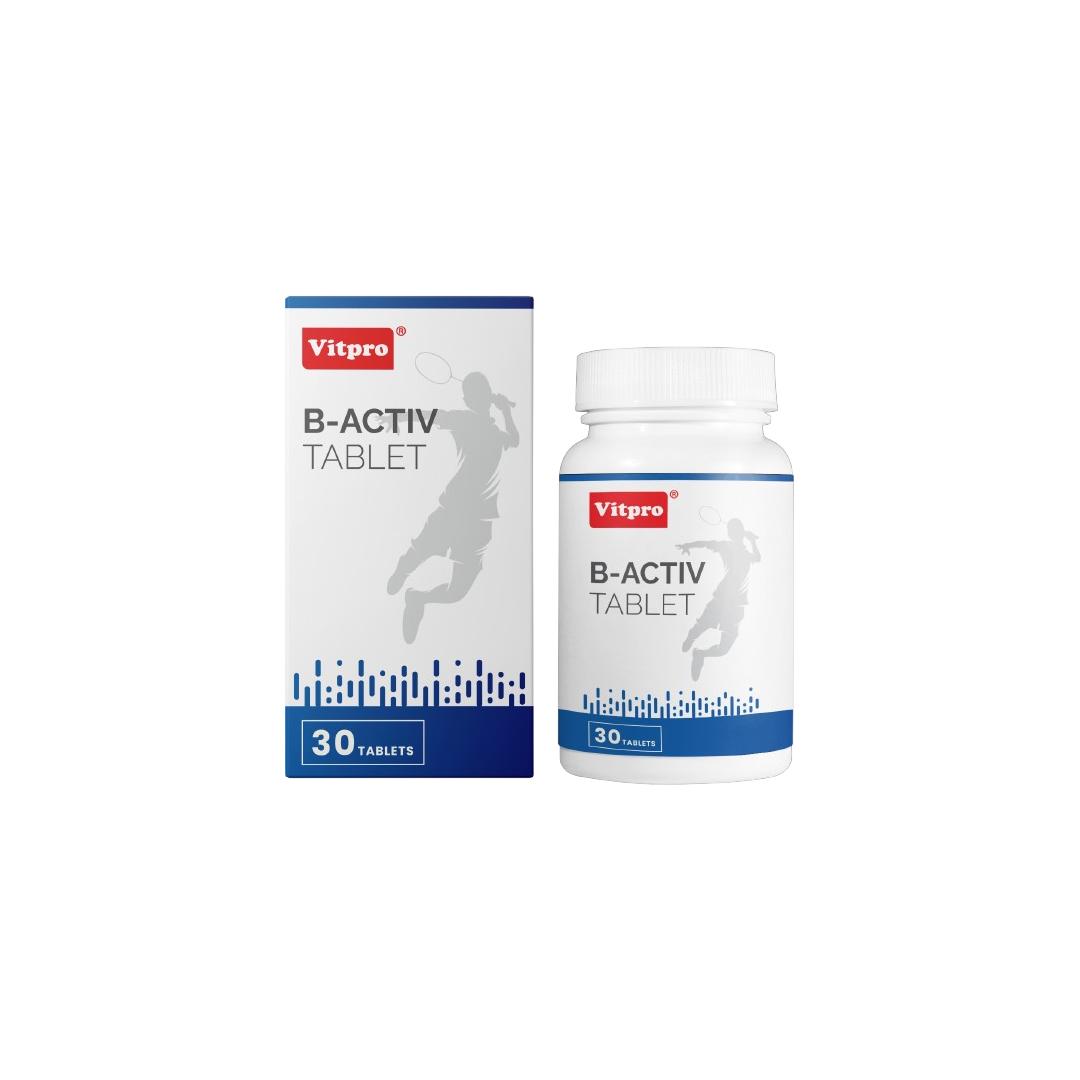Regular blood glucose testing (or blood sugar checking) forms the foundation of successful diabetes management. However, many people are put off testing by the inconvenience and pain. In fact, 62% of people with diabetes said the main reasons for not testing were finger soreness or pain. So how can you make this less of a hurdle in your self-care?
1. Select a less painful lancing device.
Naturally, one factor that can contribute to the pain is your lancing device. Accu-Chek® FastClix lancing device keeps discomfort and pain to a minimum and features:
- Clixmotion® technology that minimises side-to-side motion, so there is less skin tearing
- 11 customisable depth settings to help match your skin type.
- Precisely manufactured, tapered, small in diameter lancets (or needles) to ensure smoother entry in to the skin
2. Make sure the depth setting suits the skin type.
The penetration depth should be set to the shallowest possible depth for the skin type. Softer, thinner skin requires a shallower setting than thicker skin.
3. Change the lancet every time.
Most people only change their lancets when they can feel they are getting blunt, however the lancet should be changed after each test. Multiple uses results in the tip of the lancet becoming dull, which increases the feeling of pain.
4. Wash and warm hands before lancing.
Cold hands have poor circulation. To improve circulation, hands should be washed in warm water, then dried. Fingers that are wet, or have traces of sugar, can produce results that are inconsistent
5. Lance (or prick) on the side for less sensitive fingertips.
As the pad of the fingertip is more sensitive, lancing the side of the fingertip is best. You should also change the finger you lance regularly, so fingertips have time to heal.






